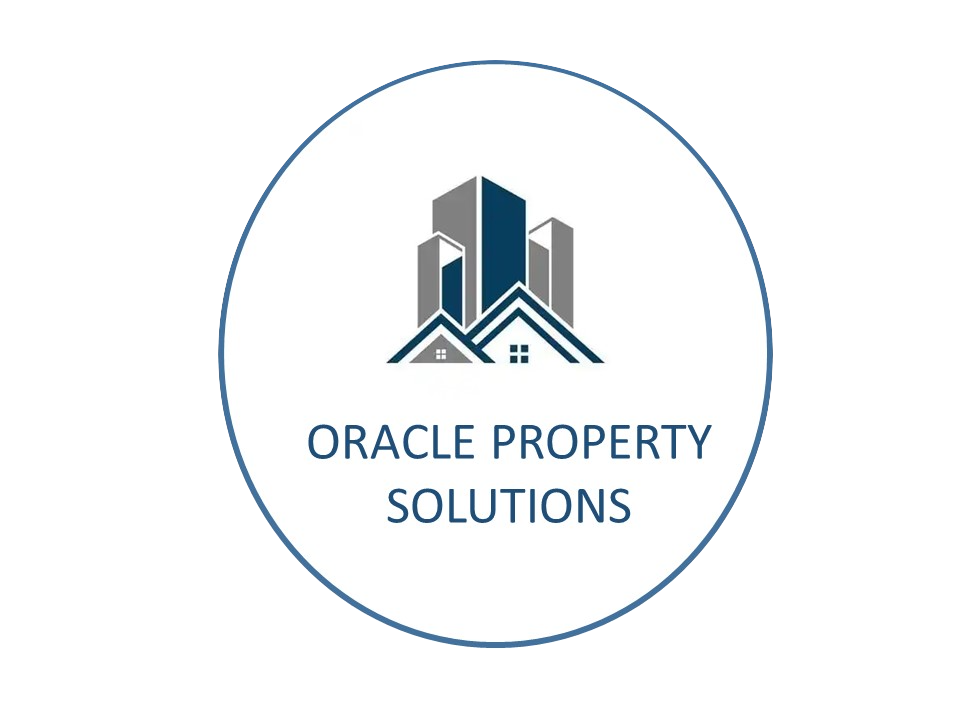When it comes to property management and risk prevention, few hazards are as dangerous—and as preventable—as carbon monoxide (CO). This invisible, odorless gas is a rising concern nationwide, prompting many states to enact laws requiring the installation of carbon monoxide detectors in residential properties.
At Oracle Property Solutions, staying ahead of legislation and prioritizing safety is part of how we protect our clients and their investments.
What Is Carbon Monoxide and Why Is It Dangerous?
Carbon monoxide (CO) is often referred to as “the silent killer.” It’s an invisible, odorless gas that forms when carbon-based fuels—like propane, gas, wood, or charcoal—burn without enough oxygen. This incomplete combustion can occur in homes without anyone realizing it.
Each year, CO poisoning leads to over 500 deaths and more than 10,000 illnesses in the United States. Early symptoms include nausea, dizziness, headache, and flu-like symptoms. But often, carbon monoxide exposure goes undetected until it's too late.
Sources of Carbon Monoxide in a Home
Carbon monoxide can come from several common household sources, including:
Faulty fireplaces or chimneys
Gas stoves, ovens, and dryers
Water heaters and furnaces
Charcoal grills used indoors
Portable heaters
Running vehicles inside garages
Understanding these sources is the first step in prevention.
What the Law Says: State-by-State CO Detector Requirements
Currently, 25+ states have enacted legislation requiring carbon monoxide detectors in residential properties. However, requirements vary widely between states—some mandate detectors in every sleeping area, while others may only require them in homes with fuel-burning appliances.
Federal agencies are working to encourage universal adoption of CO detector laws, and we anticipate more states joining the effort. This means owners need to stay aware of changing local regulations to avoid liability.
You can review up-to-date legislation by visiting: Montgomery County, Howard County, Prince George County, Anne Arundel County, or explore CO safety resources from the EPA.
How to Prevent Carbon Monoxide Risks
Here are some essential tips for both owners and residents:
✅ Install Proper CO Detectors:
Use detectors that meet UL Standard 2034 or IAS 6-96.
Plug-in or battery-operated models are widely available.
Some jurisdictions now require hardwired CO detectors.
Consider combination smoke/CO detectors for dual protection.
Note: Always respond to beeping alarms immediately—don’t ignore low battery warnings.
✅ Perform Preventative Maintenance:
Ensure all gas appliances are vented properly.
Inspect chimneys and fireplaces annually.
Never use grills, camp stoves, or generators indoors.
Don’t leave vehicles running in enclosed garages.
Report any gas odors to the utility provider immediately.
Oracle’s Role in Risk Management
At Oracle Property Solutions, we stay informed on evolving CO legislation, and we work proactively to:
Educate tenants on safety procedures
Install or verify compliance with required CO detectors
Notify owners of any regulation changes that impact their properties
Oversee qualified vendors for inspection and installation
Protecting our clients' investments goes beyond rent collection and maintenance—it includes safeguarding lives.
Final Thoughts
As laws change and risks evolve, prevention is the best protection against carbon monoxide-related incidents. Whether you're a homeowner, investor, or resident, taking simple yet critical precautions can save lives—and reduce liability.
Questions about carbon monoxide compliance at your property?
Reach out to Oracle Property Solutions today. We're here to help you stay protected and informed.


